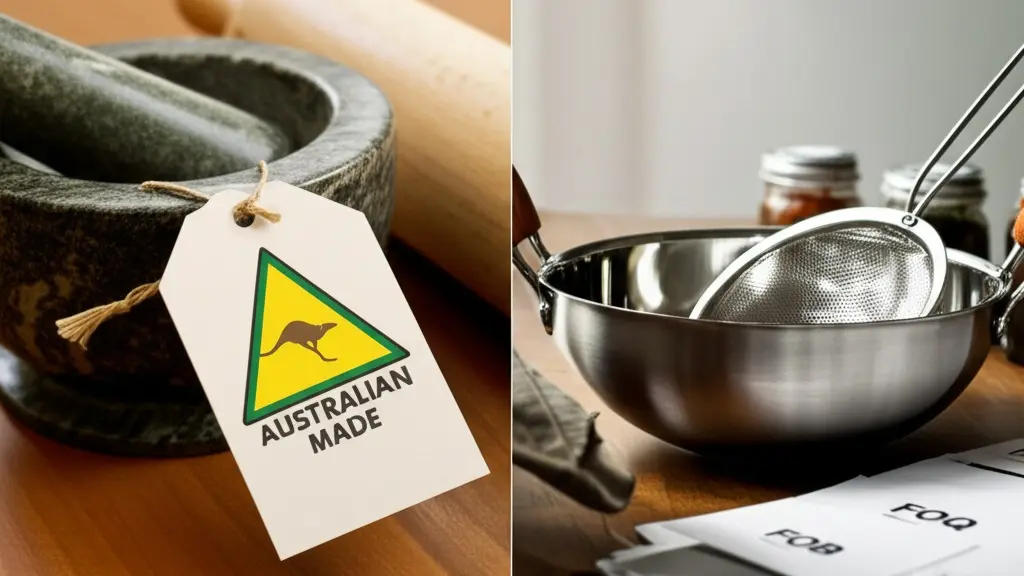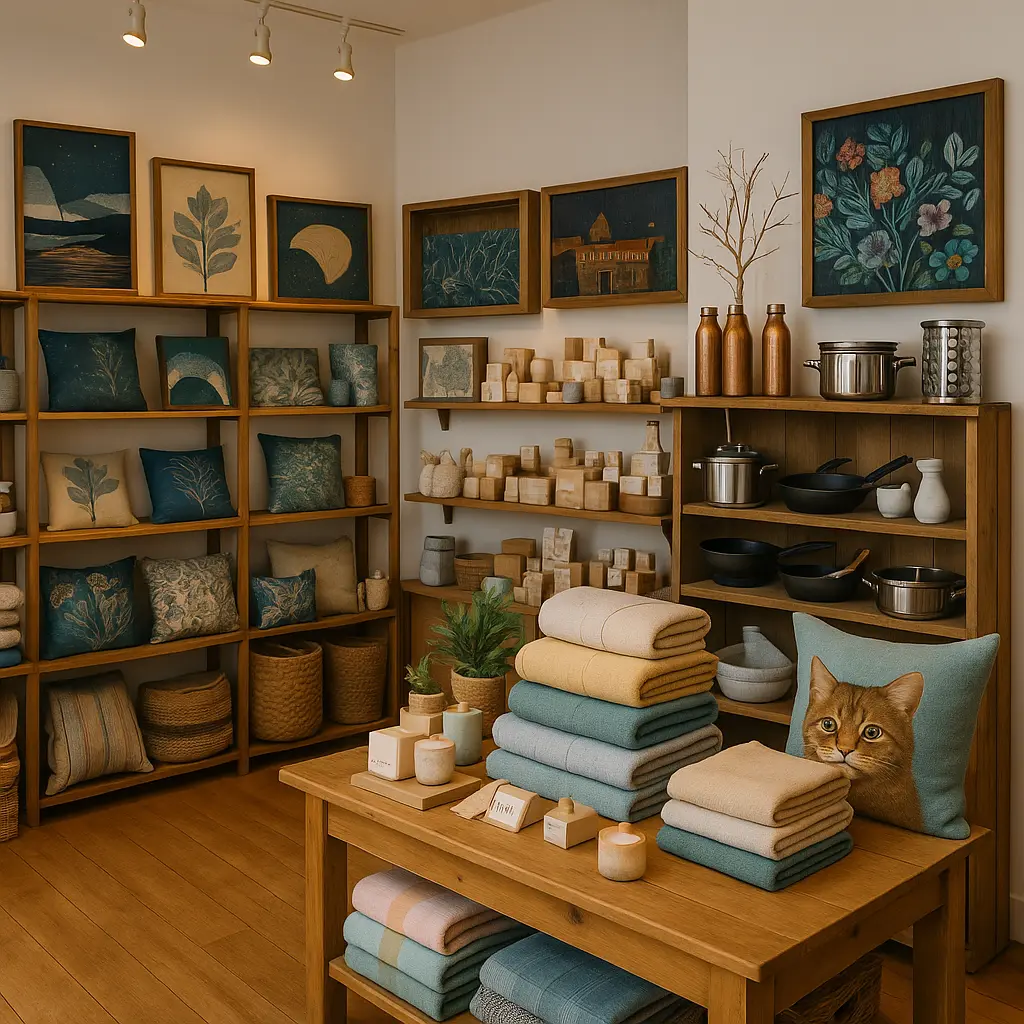Introduction – A Strategic Choice for Wholesalers
In today’s fast-changing retail landscape, small wholesalers and store owners across Australia face a critical question: Should I import kitchenware or buy local?
Both sourcing strategies have their place — but the right approach depends on your business model, your customers, and your growth plans.
At Ramco Global, we’ve helped hundreds of Aussie retailers find the right mix. With over three decades of experience importing high-quality kitchenware from India and China, and supplying stores across Australia, we understand the trade-offs and the opportunities.
This guide is designed to help you weigh up your options clearly, and make informed choices based on what really matters: value, trust, and reliability.
Understanding Australia’s Kitchenware Landscape
The Australian kitchenware market is both diverse and competitive. From budget-conscious dollar stores to high-end homeware shops, retailers are looking for durable, attractive, and cost-effective products that move quickly off the shelf.
As an established importer and wholesale supplier, Ramco Global works with grocery stores, gift shops, and independent retailers — many serving culturally diverse communities, particularly those looking for trusted South Asian brands.
But competition is growing, and smart sourcing can be the difference between steady growth and missed opportunity.
Importing Kitchenware – The Global Advantage
Benefits of Importing
Importing gives retailers access to:
- A broader range of styles, materials, and price points
- International brands that resonate with multicultural shoppers
- Bulk pricing that keeps margins healthy
With the right partner, importing becomes a smart and scalable solution — and Ramco Global is here to guide that process from factory floor to store shelf.
The Fine Print: Risks and Complexities
That said, importing also comes with considerations:
- Longer lead times
- Fluctuating shipping and customs costs
- Compliance and documentation hurdles
That’s why working with an experienced supplier like Ramco Global matters. We manage the legwork and the logistics — so you can focus on selling.
Common Importing Terms You Should Know
- FOB (Free On Board): Seller handles goods until they’re on the shipping vessel
- CIF (Cost, Insurance, Freight): Price includes shipping and insurance
- MOQ (Minimum Order Quantity): The smallest volume you can order
- Customs Duties: Taxes payable at the border
Buying Local – The Strength of Supporting Australian-Made

What You Gain with Local Suppliers
Buying local often means:
- Quicker turnarounds and easier restocks
- Stronger relationships with nearby reps
- Positive brand perception with “Australian-made” tags
For smaller stores with fast-moving shelves, local options can simplify operations — and boost customer trust. I you want to read more information about Australian made here.
Challenges to Be Aware Of
Local supply isn’t without limits:
- Higher unit costs
- Smaller range of culturally specific cookware
- Possible stock constraints during peak seasons
Which Sourcing Model Suits Your Business Best?

High-Volume Discount Retailers
Dollar and variety stores thrive on volume. Importing in bulk can deliver the low unit cost needed to stay competitive.

Boutique Giftware & Homewares Stores
These stores may benefit from a mix: locally made centrepieces paired with imported stainless steel cookware to add variety.

Culturally Specific Grocery Stores
Importing branded Indian kitchenware is often essential. Shoppers know what they’re looking for — and Ramco supplies the products they trust.
Blending the Best of Both – A Hybrid Approach
How to Balance Imported Stock with Local Reliability
You don’t have to pick one or the other. Many successful retailers balance both:
- Use imported stock for core ranges and pricing advantage
- Restock locally when timelines or shipping costs spike
- Diversify supply chains to stay resilient in changing markets
Tactics: Seasonal Imports, Local Restocks
Plan ahead for key retail periods like:
- Diwali or wedding season (import cookware gift sets)
- Christmas or back-to-school (stock up locally for speed)
How Ramco Global Helps You Source Smart
At Ramco Global, we help small businesses source better — whether you’re starting out or scaling up. From bulk import deals to product samples and local stock availability, we make kitchenware sourcing simple and stress-free.
Key Questions to Ask Before Choosing Your Strategy
- Am I prioritising volume, variety, or speed?
- Do my customers expect known international brands?
- Can I afford delays in shipping or customs?
- Am I prepared to manage inventory from multiple sources?
- Do I have a trusted partner who can help me with either?
Conclusion – Building a Resilient Kitchenware Supply Chain
At the end of the day, it’s not about choosing between importing or buying local — it’s about choosing what works best for your store.
With over 30 years in the business, Ramco Global is your partner in smarter sourcing. We supply stainless steel, copper, marble, and non-stick cookware tailored to Australia’s diverse retailers. Whether you need high-demand SKUs, seasonal guidance, or bulk pricing, we’re here to help you grow — without the guesswork.
📦 Want to talk strategy or get a custom quote? Contact us today or explore our wholesale range online.
Ramco Global
Trusted by 600+ retailers. Supplying Australia since 1988.